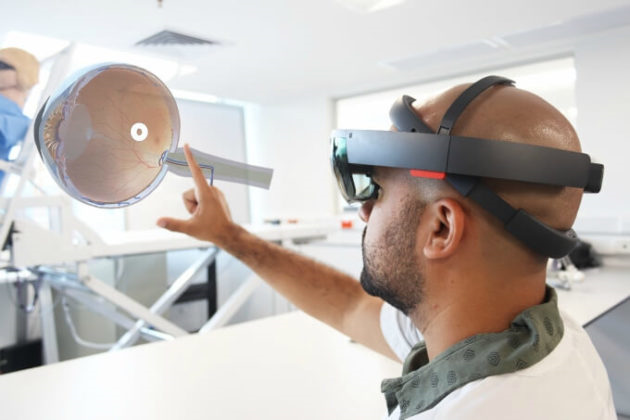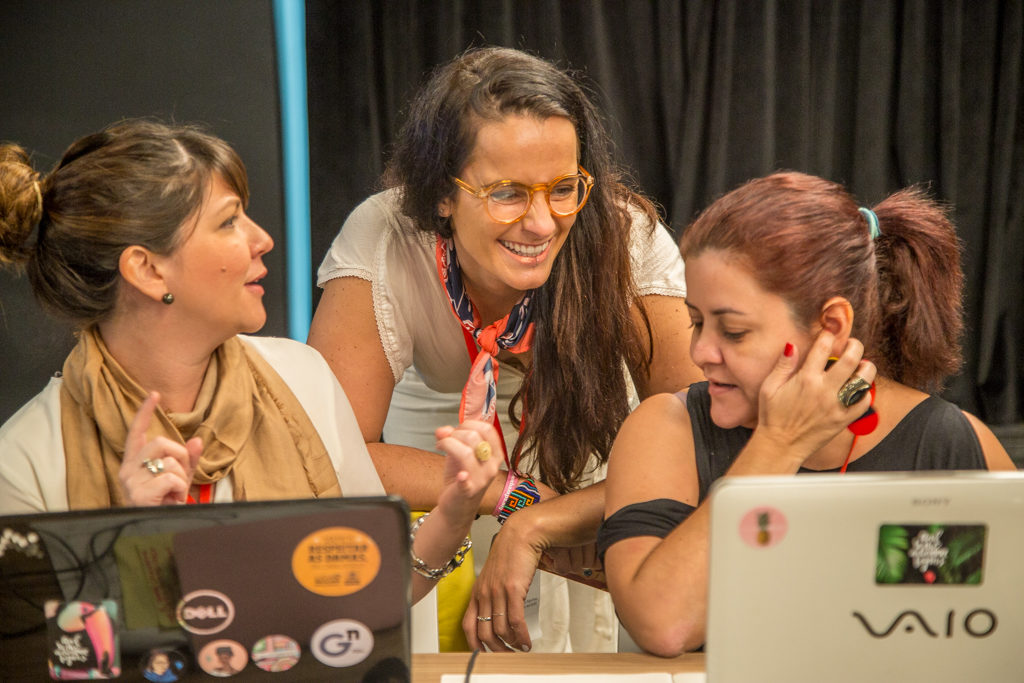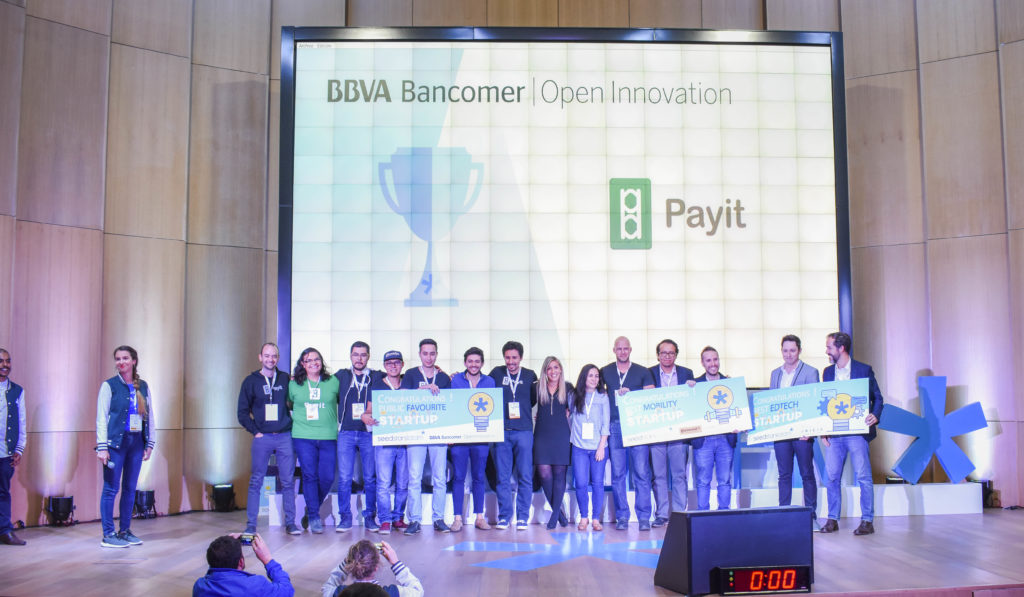Technology has long since been a part of the field of education, and now even more so in countries like Colombia. Thanks to an alliance between Microsoft and Medellín‘s Universidad Pontificia Bolivariana, the HoloLens has become available for their students to use, implementing mixed reality into education.
Microsoft’s HoloLens is the first self-contained holographic computer, allowing users to interact with digital content and holograms through the use of mixed reality (a version of augmented reality and virtual reality).
“The Microsoft HoloLens is an all-in-one piece of technology that creates holograms in a user’s vision, as opposed to other virtual reality mechanisms, increased or mixed, that we have observed in the market. It allow us to interact in a better way with objects within the vision field and even adapt them to our surroundings,” said Gloria Figueroa, director of the Universidad Pontificia Bolivariana (UPB).
In order to test the tool, a study on the eye was carried out, creating the first holographic model of a functional and anatomical eyeball, a significant achievement for Colombia.
The organ of the eye in particular was chosen due to a series of difficulties that students experienced understanding its anatomy and structure.
Figueroa assured that in areas of health and education, other institutions on an international level are also implementing these types of technologies. For example, in the case of UCL, where scientists are working on transforming medical images into 3D models in order to plan surgeries.
However, the holographic eyeball models that currently exist at the UPB for teaching medical students are in fact more aesthetic than functional, not quite achieving the level of anatomical detail that their studies require, pointed out UPB’s human anatomy coordinator Dr. Juan Camilo Suarez.
For this reason, students opt to use mixed reality technology, simulating pre-hospital environments where they are faced with a catastrophe in which they must assess every patient.
“From the information delivered, the student must assess each person involved in the scene according to the severity of their symptoms, said Marco Casarin, General Manager of Microsoft Colombia.
UPB professors assure that this new holographic model is just the start of the use of mixed reality in educational resources for studies of health and medicine.
This article was originally published by Stiven Cartagena, on Geektime and was translated by Sophie Foggin.





